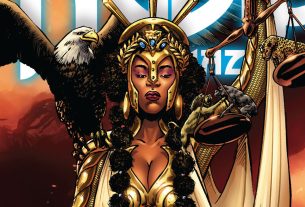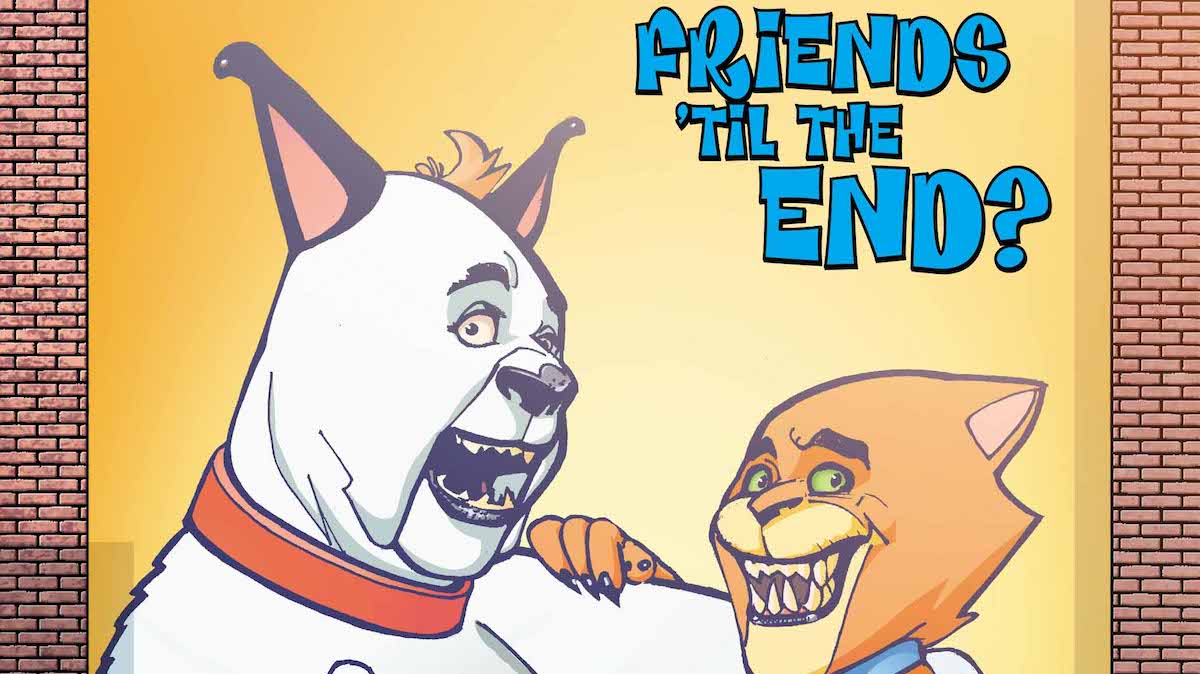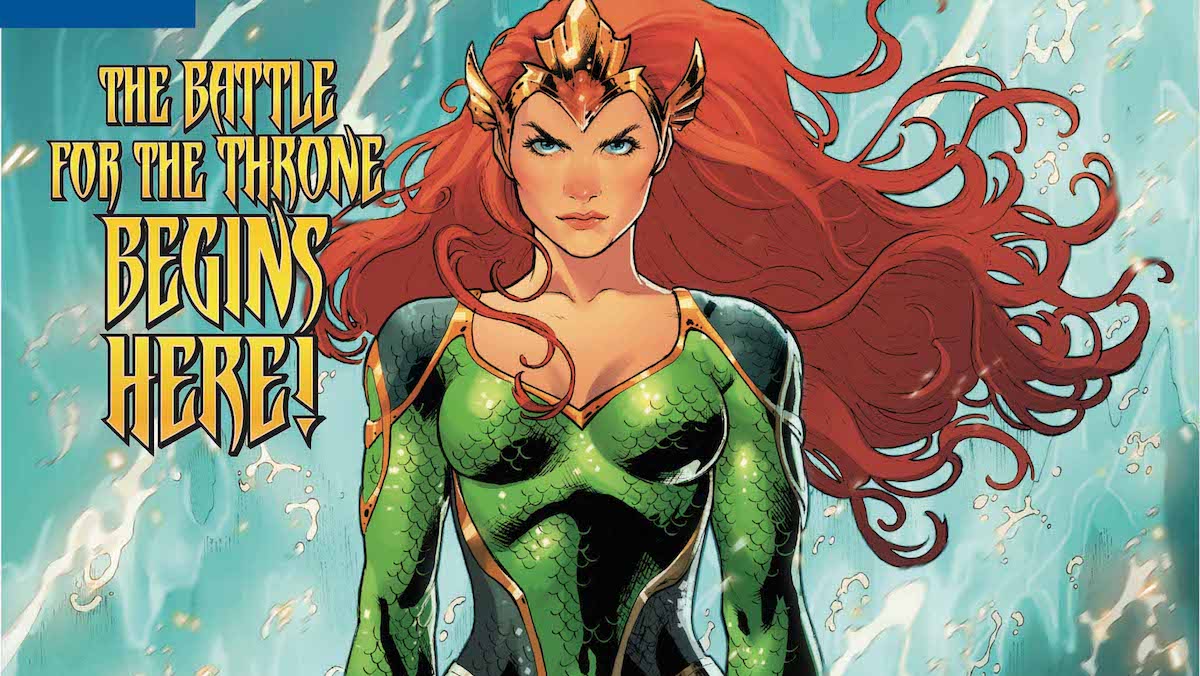
Ok, let’s just all agree that comics can be a serious medium, whether you happen to like comic books or not. Sure, there are a lot of bad comics out there: derivative stuff, plots on autopilot, oversexualized representations of women, unrealistic expectations, you name it. But comics can also be used to say something meaningful. In the right hands, comics can evoke the same emotions as a book or movie or painting or song; and in some cases, comics can tell a story in a way that no other medium can quite match.
With that in mind, I’d like to introduce this series of posts on Serious Comics. In the world of comics, just as with novels or kids’ books, there are some stories that transcend the realm of “hey, it’s just entertainment” and become Serious Literature. I’m not saying that they can’t include a few laughs (though some are solemn), but that you can tell there’s something under the surface, whether through the subject matter or the language or the artwork.
And here’s the best part: there’s a lot of them. I’ll share some of my old favorites and recent discoveries with you over the course of this series, but I guarantee you that there are so many more that I haven’t read (or even heard of) yet, and I’m counting on you readers to fill in the gaps on my own shelves.
Just one more point before we dive into the list. Even though I’m making lists of comics that I consider “serious literature,” I hardly think that your comics reading should be limited to these. I’m well aware that there’s a reason summer blockbusters outsell artsy films and that the Best Picture nominees don’t tend to be the ones with the biggest box office numbers. Sometimes the stuff that gets labeled capital-A “Art” just isn’t as fun and it feels like something you do because you should and not because you want to. So take this list with a grain of salt, and for my part I’ll try to ensure a pleasant reading experience for you!
For this first post, let’s start with a few big names. These are some of the ones you’ll generally hear in a conversation about comics as literature for varying reasons, so you may as well get familiar with them first.
 Maus — Art Spiegelman
Maus — Art Spiegelman
You can’t talk about serious comics without mentioning Maus, the 800-pound gorilla of serious comics. Spiegelman’s stylized memoir was the first comic book to win a Pulitzer Prize. In fact, they created a special category so it would be eligible, because they had no idea what to do with it but it seemed like Something of Portent. No other comic book (to my knowledge) has won a Pulitzer since then—suggesting that maybe they still don’t know what to do with comics.
On the off chance that you’re not already familiar with it, Maus is about Spiegelman’s father (Vladek) and his experiences in World War II—but it is also about Vladek and grown-up Art and their sometimes strained relationship. In the book, Jews appear as mice and Germans as cats. (Other ethnicities turn up as various other animals, though with perhaps less symbolic significance.) The somewhat cartoonish appearance helps to abstract the characters, allowing the reader to process a story that would be even harder to digest with realistically-drawn humans.
In 2011, Pantheon published Metamaus, Spiegelman’s reflection on his groundbreaking books. The book is filled with reference material, sketches and artwork, photographs, stories about himself and the creation of Maus. The book also includes a DVD which has a digital version of The Complete Maus, along with the audio recordings of Spiegelman’s interviews with his father. I’ve only just started reading Metamaus myself, and it is fascinating.
It’s hard to measure the influence Maus has had on the field of comics. It wasn’t the first time comics were treated as something more than escapism—Spiegelman had been involved in the underground comics scene long before writing Maus—but its prominence certainly introduced comics to an entirely different audience, one that didn’t usually read comics. It has also inspired a generation (or two) of comics artists to develop new ways of telling stories through comics.
The Sandman — written by Neil Gaiman, illustrated by many artists
Neil Gaiman is an internationally-recognized author who has appeared (as animated versions of himself) on Arthur and The Simpsons. He has written novels, children’s books, screenplays, comic books. His tweets are read by more people than many best-selling books, and his 1.7 million followers cause websites to crash so frequently that there’s a hashtag for it. It’s hard to believe that this illustrious career was launched with a single book: a biography of Duran Duran.
No, wait.
That’s where Gaiman started, but fortunately he found his way to comics soon after. When DC’s Vertigo imprint hired him to recreate the Sandman, Gaiman didn’t just put a new costume on the Golden Age superhero and revamp his powers. He created an entire mythology based around The Endless, the personifications of seven timeless forces in the universe — including the Sandman aka Dream aka Morpheus. He’s not just a superhuman (or alien or other-dimensional being) with some dream-inducing powers; he is Dream itself. And from there it’s a wild ride through ten volumes of brilliantly told stories, in which Gaiman demonstrates his remarkable ability to make the old and familiar seem new and the new to seem old and familiar.
The artwork of The Sandman is done by a number of different artists throughout the series, and (in my opinion) can be hit or miss. My favorites are those that are more stylized: World’s End (Volume 8) was a Canterbury Tales–sort of book, with various travelers each sharing a story, and each is illustrated in a different style. Charles Vess’ fairy-tale-inspired illustrations are also beautiful, and the cover images by Dave McKean are haunting.
What really makes the series, though, is Gaiman’s writing. I didn’t actually read them until nearly a decade after they were out, but they have a timeless quality to the storytelling that makes them hold up well. After college when the Absolute Sandman editions were released, I saved up over the course of a few years to buy them.
I wouldn’t necessarily say the series is for everyone—it’s hard to categorize but it does have its fair share of horror, so it’s definitely not for younger audiences and not everyone may like it. However, for anyone interested in fairy-tales and storytelling and mythology, it’s an incredible example of how it can be done in comics.
Watchmen — written by Alan Moore, illustrated by Dave Gibbons
Unfortunately, for many people the title Watchmen will bring to mind the 2009 movie rather than the 1986 comic book. Some people liked the movie and some hated it, but if your only experience is the film, then you’ve missed much of what made Watchmen so great. (Ironically, the innovative ways that Moore and Gibbons used the comic book medium were the very things that brought it so many fans, who then demanded a movie version that couldn’t reproduce those innovations.)
The story is set in an alternate-history version of our world, one in which Richard Nixon is president (again), everyone drives electric vehicles, and everyone reads comics about pirates rather than superheroes. In this world, there is no Superman—there are costumed crime fighters who have no powers other than a desire to dress up and enact vigilante justice. The only one with superpowers is Doctor Manhattan who has practically god-like abilities but has also become somewhat disassociated from the human race. The main plot, perhaps, isn’t spectacular: it plays off the idea that the only way to unite people is with a common enemy. Somebody is killing off the costumed heroes, and the rest of them are trying to figure out why.
What makes Watchmen so fascinating, though, is its use of the medium. There are chapters in which the frames reflect each other from the front of the book to the back. There are visual motifs which appear throughout the book in different forms, representing the Doomsday Clock or the permanent “shadows” from Hiroshima. While Gibbons’ artwork appears, on the surface, to look like a lot of other comics, closer examination shows a remarkable attention to detail and specifics of layout, using images rather than text to foreshadow and convey meaning.
I first read Watchmen long after its 1986 release, and there is a lot of subject matter that made more sense during the height of the Cold War than they do now. The driving force behind the entire book is the fear of nuclear holocaust; the symbol of the Doomsday Clock (set at five minutes until midnight) can be found all over the book. Even the iconic smiley face with the blood spatter is really a clock face with a red hand about to signal our doom. Much of this feels outdated now, but it means that Watchmen is a contemporary perspective on the Cold War: what did it feel like to live in a world that was always a step away from nuclear war? Even though it’s fiction, much of the tension feels real.
Watchmen is definitely not for kids: there is sex, violence, abuse, murder, and the list goes on. The women in the book could have been better written; sometimes the smiley face motif gets a bit old. But I’d still include it on a “must-read” list of serious comics, simply because of the fact that it pushed the boundaries of storytelling in the comics medium, introducing some techniques that simply could not be done in any other medium.
For a much more comprehensive look at the book, check out The Annotated Watchmen by Doug Atkinson, or the ongoing Reading Watchmen by Chris Beckett.
Understanding Comics, Reinventing Comics, Making Comics — Scott McCloud
Nowadays it’s fairly easy to find books about comics: how to read them, understanding the conventions and tropes and symbols used, digging deeper to get to the meaning. And there are, of course, a lot of books about making comics as well: the tools of the trade, paper versus digital, selling your comics or self-publishing.
But Scott McCloud’s seminal Understanding Comics is one of the first and still one of the best—and it is itself a comic book. McCloud uses a comic book version of himself to introduce the reader to comics, starting from a basic definition of what comics and then explaining the basic vocabulary of the medium. He shows examples of sequential art in other cultures, describes how time becomes a physical dimension, and illustrates (literally) how different types of lines can be used to make visible the invisible.
Throughout it all, McCloud includes a wealth of examples to show how various techniques appear in actual comic books. And, of course, he answers the question “can comics be art?” with a resounding “Yes!” (But more than just giving an answer, he gives a compelling argument.)
His two follow-up books, Reinventing Comics and Making Comics, both use a similar format and each focuses in on a narrower topic pertaining to comics. Reinventing Comics is about how comics are changing (and have changed), with an eye to the business of creating comics and the public perception of them. The second half of the book deals with digital production and the (no longer new) world of online comics. Some of his ideas are a bit heady and still haven’t really become common in the comics world (the infinite digital canvas, for instance). And some of it has become so common that his book seems to be stating the obvious—though the possibilities of webcomics may have been anything but obvious at the time.
Making Comics is exactly what it sounds like: a primer on how to create comics. McCloud teaches (again, in comics format) how to tell stories in the comics medium: deciding what to include and what to leave out; how to arrange panels so that the reader’s eye follows them in the desired order; some basics of illustration; and even choosing which tools work best for you. Making Comics is targeted at people who have an interest in creating comics, but even if you’re just a comics reader with no desire to make comics of your own, McCloud’s analysis is fun to read and may deepen your appreciation for your comic books.
Well, that’s a start.
Like I said, this barely scratches the surface. Comics have been used to great effect as memoirs and biographies. They can illustrate topics as diverse as science and religion, history and the future. Even superhero comics have made the leap to serious comics … but we’ll get to those later!
Click here for Part 2: Memorable Memoirs.
Disclaimer: I am, of course, only one person and have only read so many books. I really didn’t get started on comics until after college, so I missed out on a lot during my formative years. These lists are not intended to be a comprehensive list of Serious Comics. Think of them as a starting point, a rough outline if you have no idea where to start.







